Food Inspector Job Description Template Word
Are you looking for a comprehensive and customizable job description template for a food inspector position? Look no further than the Food Inspector Job Description Template Word from Bizmanualz.
This template is designed to help you create a job description that accurately reflects the responsibilities and requirements of a food inspector role. It includes sections for job summary, essential duties and responsibilities, qualifications, education and experience, and physical demands.
With this template, you can easily tailor the job description to your specific needs and requirements. You can add or remove sections as needed, and customize the language to match your company’s tone and style.
Using a job description template can save you time and effort in the hiring process. It ensures that all candidates are evaluated based on the same criteria, and helps to attract the most qualified and suitable candidates for the role.
Whether you are hiring for a government agency, food processing plant, or restaurant, the Food Inspector Job Description Template Word can help you create a clear and concise job description that accurately reflects the responsibilities and requirements of a food inspector position.
Don’t waste any more time creating job descriptions from scratch. Download the Food Inspector Job Description Template Word today and streamline your hiring process.
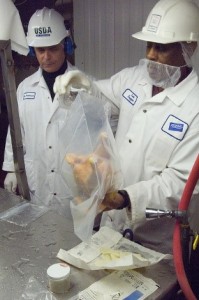 FOOD INSPECTOR SUMMARY OF FUNCTIONS
FOOD INSPECTOR SUMMARY OF FUNCTIONS
The Food Inspector measures and analyzes the safety and quality of ingredients the company purchases, products made by the company, and the processes and equipment used to convert ingredients into products.
FOOD INSPECTOR ESSENTIAL DUTIES AND RESPONSIBILITIES
- Inspect and accept/reject incoming shipments of food and food ingredients on the basis of food safety requirements, as well as customer, regulatory, industry standards, and internal requirements
- Update raw materials inventory with results of receiving inspections
- Ensure food safety, security, and sanitation systems are maintained in accordance with cGMP, cGWP, HACCP, and other guidelines – conduct periodic inspections of facilities, equipment, practices, etc.
ORGANIZATIONAL RELATIONSHIPS
Reports directly to the Food Safety Team Leader. Works in conjunction with the organization’s processing, storage, and logistics staff to conduct inspections.
PROCEDURES
The Food Inspector Job Description is mentioned in the following procedures:
| Procedure ID and Name | Policies & Procedures Manual |
| FS1110 Receiving and Inspection | ISO 22000 |
| FS1130 Identification, Labeling, and Traceability | ISO 22000 |
FOOD INSPECTOR QUALIFICATIONS
A bachelor’s degree in biology, chemistry, or agricultural science is required. 2+ years of experience in the area of food processing, storage, shipping, or receiving is preferred.
Good communication skills and the ability to work well with people at all levels are essential. Strong math and organizational skills are a must, as is attention to detail.
Candidate will need to gain food safety inspection certification within six months of hire date.
FOOD INSPECTOR PHYSICAL DEMANDS
Ability to communicate orally with customers, vendors, management, and coworkers is crucial. Regular use of phone and email for communication is essential. Hearing and vision correctable to within normal ranges is essential for normal conversations, receiving ordinary information, and preparing or inspecting documents.
The ability to remain in a stationary position roughly 50% of the time, as well as the ability to routinely move about office and plant facilities (conducting onsite inspections, etc.), is required.
Occasional heavy lifting (50+ lbs.) may be expected, though exertion of about 15 lbs. of force (e.g., moving computers, testing equipment to use at processing/storage site) is more common. Good manual dexterity required to use computers, mobile devices, testers, gages, etc.
WORK ENVIRONMENT
The job is sometimes performed indoors in a traditional office setting (25-30%) but is more often carried out in food processing and storage facilities.




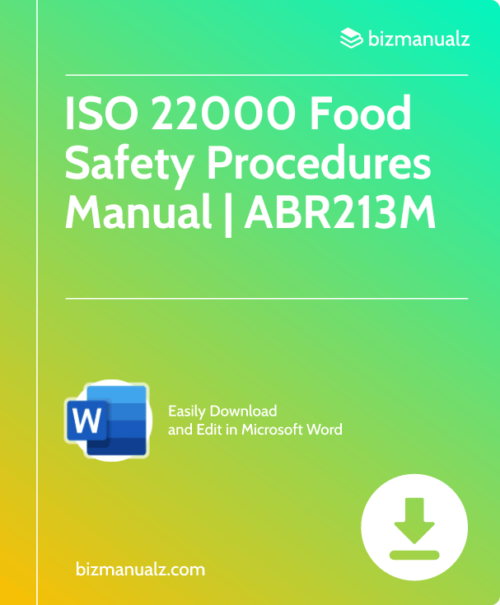


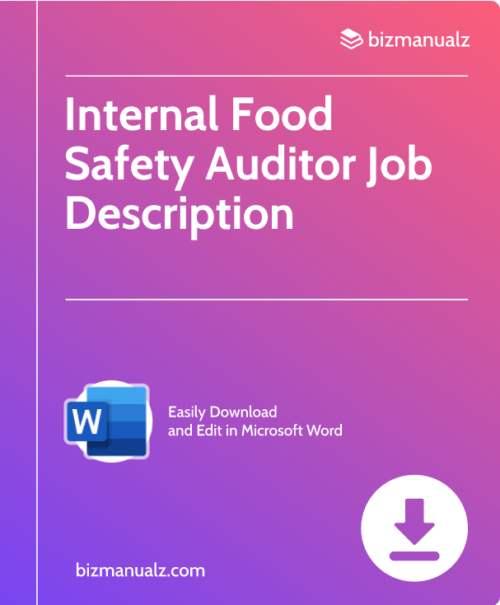

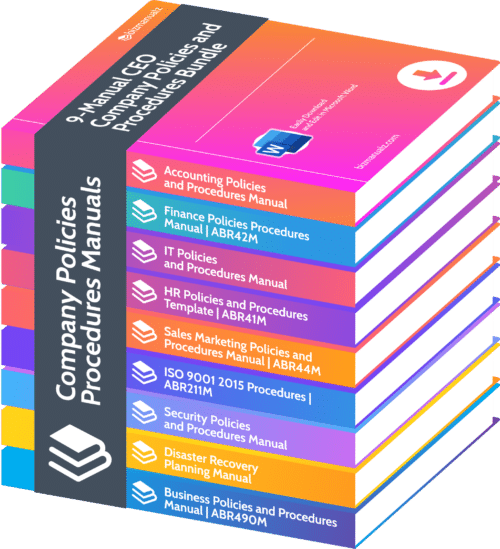

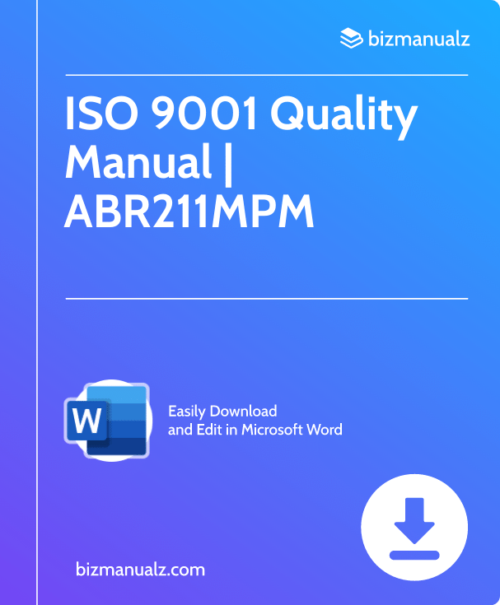

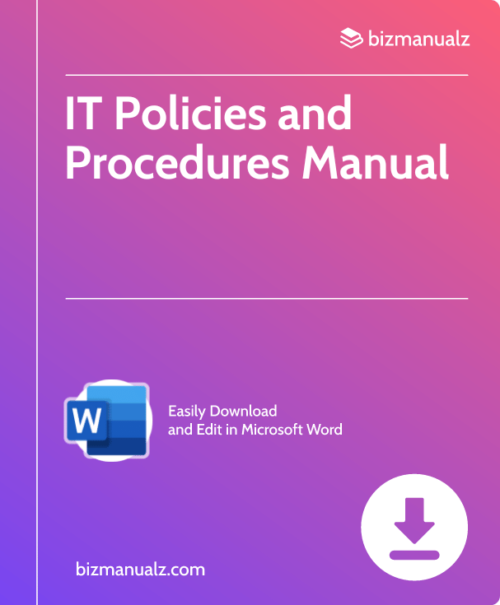

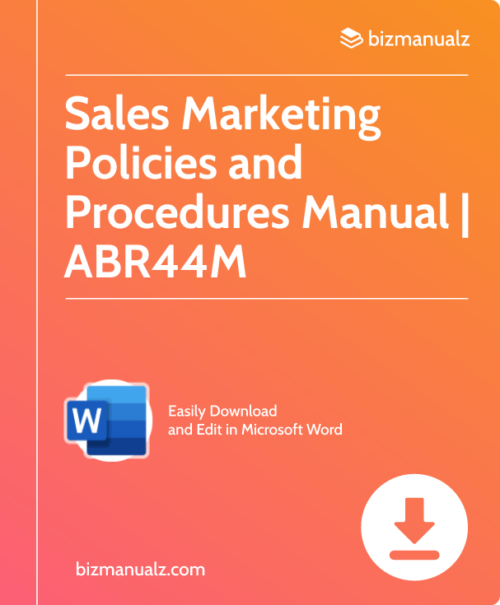
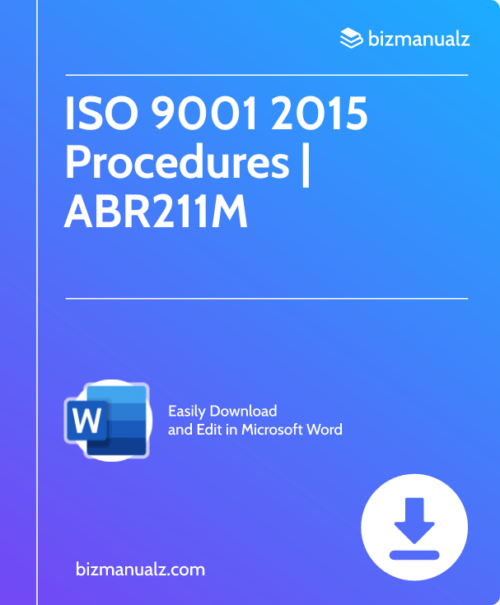

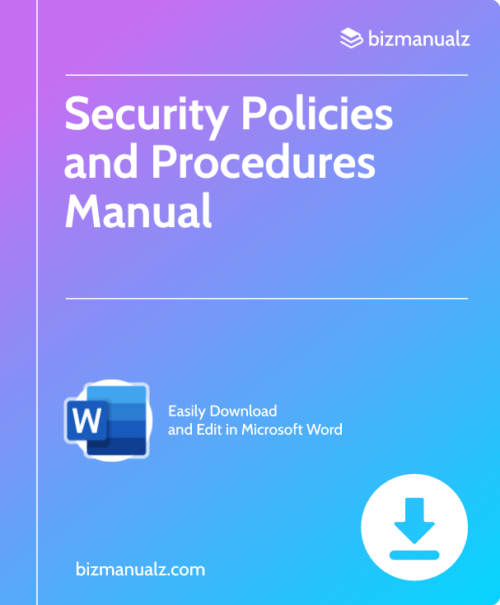
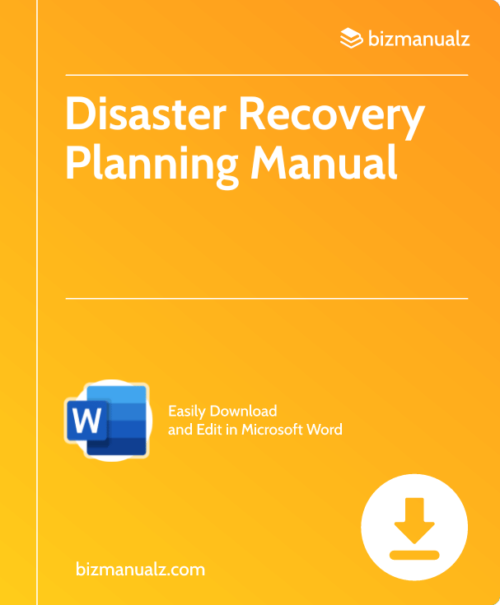


Reviews
There are no reviews yet.